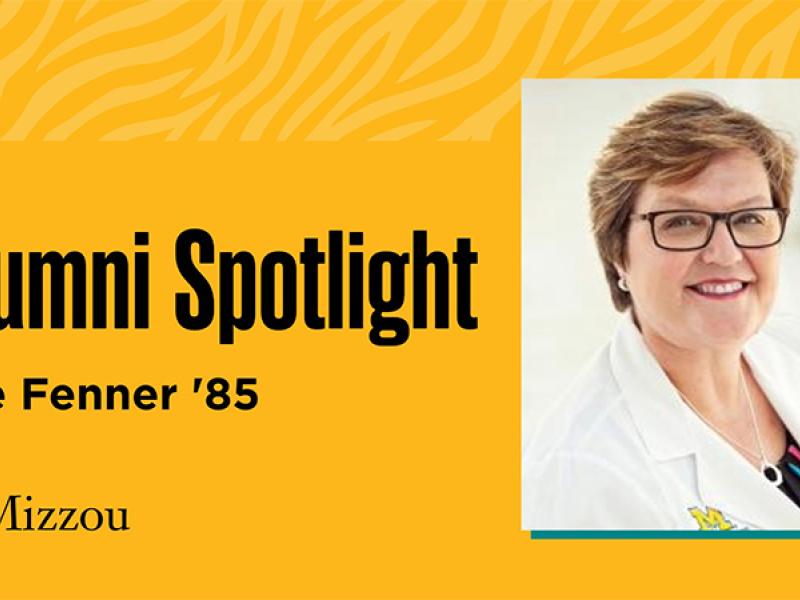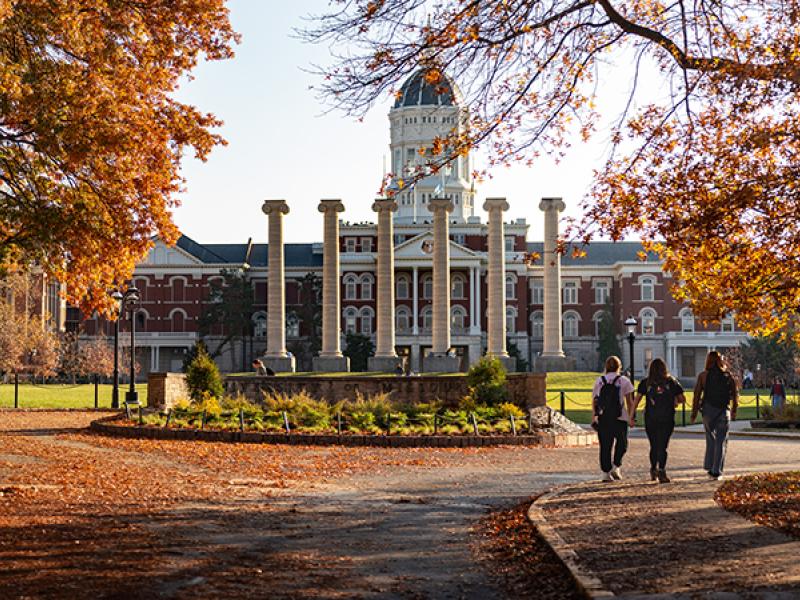Dear Colleagues,
Following up on Black History Month, we are now in Women’s History Month. In my last EVC message, I highlighted an extraordinary Black father and daughter who shaped medicine and specifically cancer medicine in the United States, Drs. Louis and Jane Wright. This is a remarkable family with multiple generations of physicians.
This month, I would like to share about five additional women who have made an international impact on health and medicine. I have photos or artistic impressions of these amazing scientists and leaders in my EVC for Health Affairs/Dean’s office. Please read on to find out more about them.
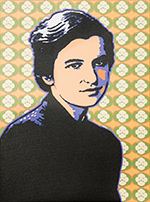
Rosalind Franklin (1920-1958)
While James Watson and Francis Crick received the credit — and the Nobel Prize — for discovering DNA, it was actually Dr. Rosalind Franklin who determined the structure of DNA. She was a chemist who worked in the field of X-ray crystallography. She took images of DNA that showed the double helix structure. Dr. Watson saw the pictures in her laboratory in London, then went to Cambridge and constructed the now famous model of the double helix and published it in a medical journal without giving Dr. Franklin credit. Unfortunately, she died of cancer at age 38, never receiving the credit she was due.
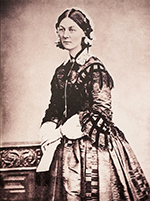
Florence Nightingale (1820-1910)
While serving as a manager of nurses in the Crimean War, Florence made incredible progress in reducing death rates by improving hygiene in military medical facilities. Under her leadership, the death rate in the military hospital declined from 42% to 2%. Upon returning to England, she was able to incorporate the sanitary practices in peacetime hospitals. She established a training program for nurses, later called the Nightingale School, and wrote the book “Notes on Nursing,” becoming a best seller by the medical and lay public. She is also famous for using statistics as a tool to come to her conclusions about health care and is considered the founder of modern nursing.
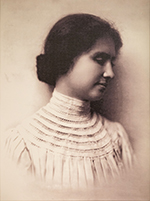
Helen Keller (1880-1968)
Most know the life of Helen Keller from the wonderful movie, “The Miracle Worker,” about how she overcame the challenges of deafness and blindness as a girl. Subsequently, she went on to be an author and advocate for disability rights. From 1924 to her death in 1968, she worked for the American Foundation for the Blind and lectured throughout the world advocating for those with visual loss. A voice against discrimination of any kind, she was a founding member of the American Civil Liberties Union (ACLU).

Marie Salomea Sklodowska-Curie (1867-1934)
Born in Poland, she attended university in Warsaw and moved to Paris to continue her scientific education. There she married the French physicist Pierre Curie and together they uncovered “radioactivity,” a term she invented. Together, she and her husband won the Nobel Prize in physics for their joint discovery. She was the first woman to receive a Nobel. She continued her work and after she discovered radium and polonium, she received a second Nobel Prize in chemistry. She conducted the first studies to treat cancer using radioactive isotopes and founded the Curie Institute in Paris and Warsaw.
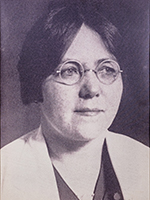
Mary Walker (1888-1974)
All the women I described above are probably well known to many of you. Dr. Walker, however, may not be. Born in Scotland, she attended the Edinburgh College of Medicine for Women. In World War I, she served in the Royal Army Medical Corps in Malta. She then was an Assistant Medical Officer at St. Alfeges Hospital in Greenwich, London. It was here taking care of patients with the neurologic disorder myasthenia gravis, that she recognized the similarity between the symptoms of that disease and poisoning from the toxin curare. Both have eye droop and muscle weakness and slurred speech. The compound physostigmine, which was extracted from the West African Calabar bean, had been shown to be an effective antidote for curare poisoning. In 1934, she made the medical judgement and administered the drug physostigmine to several patients with myasthenia gravis. The effect was dramatic and resolved the symptoms within minutes. That class of drugs remains the first line treatment for myasthenia gravis nearly 100 years later.
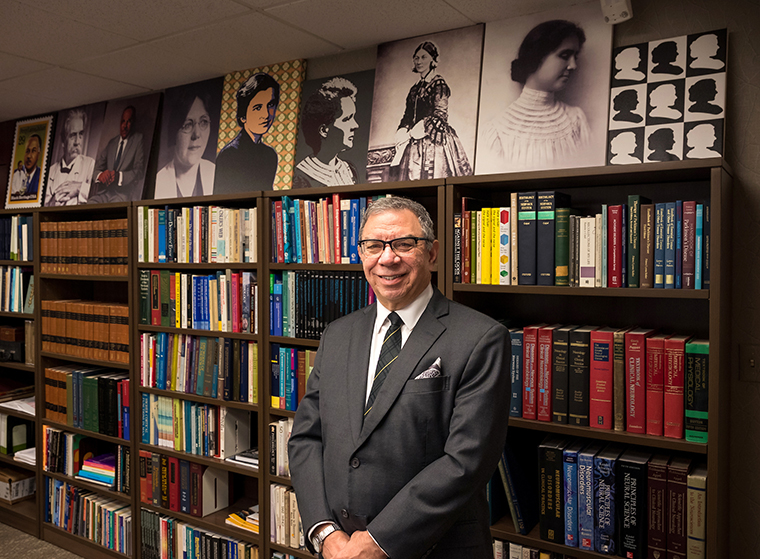
Finally, I want acknowledge the devastating earthquakes that struck Turkey and Syria last month. Like many of you, I have been heartbroken by the scale of the damage. I want to extend my sincere condolences to the victims and their families. The university has a number of resources available for members of our community who have been affected.
- For students and scholars, you are always welcome to meet with the staff at International Student and Scholar Services for assistance, support and referrals.
- Student Affairs also provides support through the Care Team, which offers one-on-one support, including interventions, advocacy, referrals and follow-up services when MU students are experiencing significant difficulties related to mental health, physical health, personal and family emergencies, financial issues or other areas of concern.
- MU Student Health and Well-Being offers professional physical and mental health services. Mental health services include individual counseling or group counseling, and 24/7 crisis consultations (573-882-6601).
- MU faculty and staff may access the Employee Assistance Program for specialized mental health support.
If you are struggling in the aftermath of these earthquakes, I encourage you to reach out for support at any of the options above. The MU community stands with you.
Sincerely,

Richard Barohn, MD
Executive Vice Chancellor for Health Affairs
University of Missouri
rbarohn@health.missouri.edu


